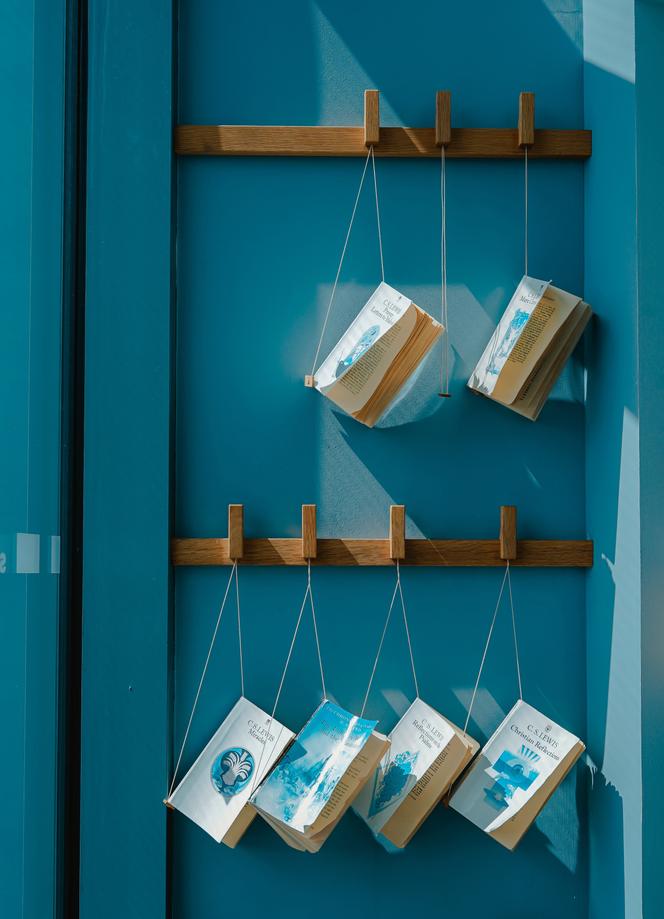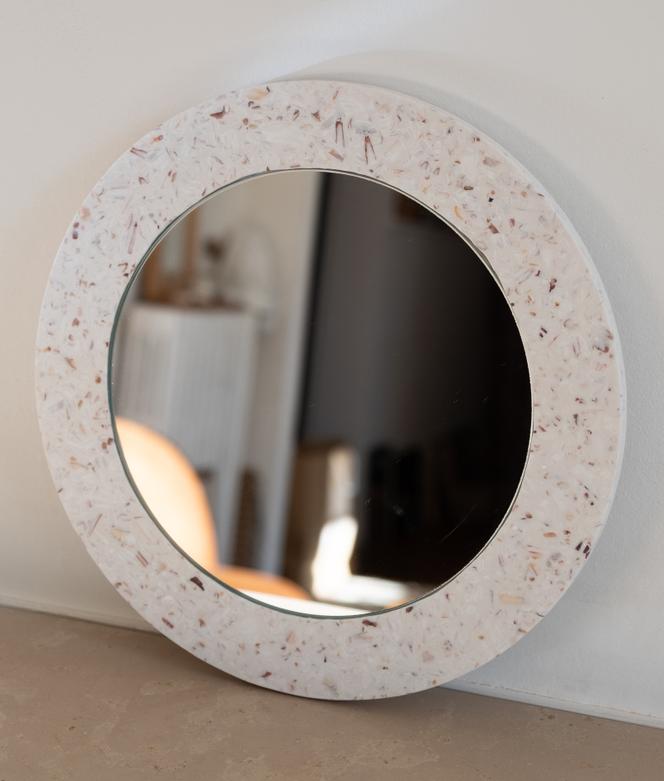

Conceived by innovative young designers and other Gyro Gearloose types, France has seen the emergence of beautiful and unique objects designed from materials deemed worthless. Here are our favorites from the "Waste Age" exhibition at the Cité des Sciences et de l'Industrie de La Villette in Paris. Didn't the American architect and designer Richard Buckminster Fuller (1895-1983), considered the Leonardo da Vinci of the 20th century, proclaim: "Pollution is nothing but resources we don't harvest"?

Designer Julie Robert, the young founder of La Plastiquerie, in Cambes (southwestern France), has cleverly turned her region's garbage cans into a new source of inspiration. She handcrafts delicate objects using medicine boxes, perfume bottle packaging and plastic scraps from hospitals, all patiently collected in the Bordeaux metropolitan area from medium-sized companies that are often overlooked by recycling efforts. "I had to set up my own collection chain so that the plastics would blend together and also obtain a regular supply," she said.
The result is what we call "Anthropocene marble." The mix of recycled plastics – colors, translucency, opacity, roughness – creates a mineral effect. The creations for sale on her website have a touch of elegance, like this two-tone designer stool (€520).

After washing his hair with a seaweed shampoo, he had the idea of extending its use to paints. After a collaboration with the Centre d'Etude et de Valorisation des Algues de Pleubian ("Center for the study and valorization of algae," northwestern France) and a patent filed in 2012, Lionel Bouillon created Algo Paint in 2015 to offer a natural paint in the face of the hegemony of petrochemical products. Algae, in addition to absorbing a large amount of CO2 as they grow, don't encroach on farmland or consume fertilizers or pesticides.
"We are backed by the seaweed growers who cultivate black and red seaweed for the cosmetics and food industries, and we add value to their by-products," said the CEO. His Breton SME, recognized two years ago as a socially useful enterprise, works with two workshops employing around 20 disabled people to prepare the colors and pot the paints. With a range of over 100 shades (seaweed with earth pigments from Roussillon for peach or scorched sheep bone for black), a half-liter jar costs €19.90.

"With a Loar mirror, 665 grams of shellfish are recycled. With a Michel bistro table, with its mollusk shell top and oak base made by Gllu, the good old Brittany-Normandy rivalry is buried," said designer Morgan Guyader and his business graduate accomplice Hugo Kermarrec, two childhood friends from France's northwesternmost region of Brittany, who founded the Malàkio ("mollusk" in Greek) brand in March 2020. Their initial idea was to find an outlet for the 250,000 tonnes of shellfish waste thrown away in France every year. They created a composite, Istrenn, which requires no cooking and from which they cut small custom-made furniture. Their online boutique offers everything from oyster trays to candleholders, from single-stem vases to the famous Loar mirror (€98), in oyster, scallop or mussel, each with its own unique hue and natural pearlescent sheen. Based in a new workshop in Nantes (western France), the two entrepreneurs handcraft their desired objects, some of which will soon be distributed at the Cité des Sciences de La Villette.
